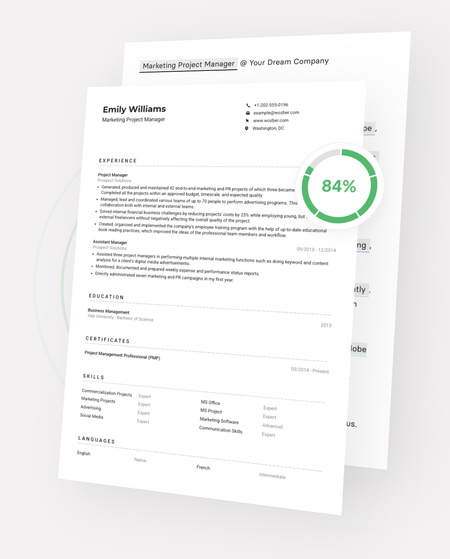Mastering Leadership: Have Backbone; Disagree and Commit
Amazon has a very important leadership principle that many companies could learn from. "Disagree and Commit." You may think, how is this going to help the company?
About the author: VP of Engineering, Program Manager, Coach, and Founder, specializing in career coaching, behavioural and system design prep. Book time with them here.

Amazon’s leadership principle #13 is Have Backbone; Disagree and Commit [link].
Amazon has a very important leadership principle that many companies could learn from. Disagree and Commit. At first, you may think, how is this going to help the company? Well it will make you reexamine current processes as well as give you an insight into issues that aren’t necessarily evident
What is Have Backbone; Disagree and Commit?
Have Backbone; Disagree and Commit is all about how to disagree with your boss when you don’t agree with them. And this is a hard one for many people. But Jeff Bezos, Amazon’s founder, and CEO provides a great example of how to do it. In his 2015 letter to shareholders, he wrote: “I’m constantly surprised by the number of decisions made in large companies (and small ones) without meaningful input from engineering or product management. Companies that make these decisions risk building products that are irrelevant to customers because engineering and product management are disconnected from the people using (or perhaps even purchasing) their products.”
Why are you disagreeing?
The first time I heard this, I was shocked. At Amazon, saying “no” without an explanation was like shooting a wounded puppy.
In other words, when you disagree with someone, make sure you know why, and then tell them why. When you do so, be respectful and connect with them on a human level — but also be firm in your conviction. Sometimes, the best way to convince someone is to simply give them options they haven’t considered before, or provide a new perspective on something they already believe.
Be sure of your facts
When someone disagrees with you, ask them for specific examples or data to support their position instead of just arguing with them.
If they can’t provide relevant facts, request that they keep an open mind until you can gather more facts or data to prove your point.
State that you respect their opinion but that until you gather further information, you should agree to disagree. (Remember, there are times when arguing is appropriate.)
The truth is, many people have strong opinions, but when asked for specifics supporting those opinions, they simply cannot respond based on facts or data. This is how to best make a case for your stance.
Then, commit to following through on your decision
Agreeing upon a solution opens the door to a productive discussion of what needs to be done to achieve the outcome and how each team member is going to contribute towards the achievement of the goal.
As you can see, being honest and vulnerable is one of the most important things in a working environment. If you hide your opinions, you’re missing an opportunity to improve your company and yourself. Being able to take criticism, give criticism, and improve on both is an important part of Disagree and Commit. But again, this principle needs to be approached carefully if it’s going to work.
Disagree and Commit Interview Questions:
- Describe a situation where other members of your team didn’t agree with your ideas. What did you do?
- Tell me about a situation where you had a conflict with someone on your team. What was it about? What did you do? How did they react? What was the outcome?
- Tell me about a time when you did not accept the status quo.
- Tell me about an unpopular decision of yours.
- Tell me about a time when you had to step up and disagree with a team member’s approach.
- If your direct manager was instructing you to do something you disagreed with, how would you handle it?
- Describe a situation where you thought you were right, but your peers or supervisor did not agree with you. How did you convince them that you were right? How did you react? What was the outcome?
- In your career did you disagree with your manager or colleague anytime about any issue?
- How do you express your disagreement about some aspects of your project?
- Were you frustrated when you had to follow a decision that you thought was wrong?
Have backbone; disagree and commit is one of the harder-to-understand and actually apply leadership principles. It may be challenging to put this to practice on your job but also something that will truly set you apart from others, if done correctly. Think of ideas where you needed to have backbone; disagree and commit and be able to talk about it in the interview!
About the author: Andrea Della Corte
VP of Engineering, Program Manager, Coach, and Founder, specializing in career coaching, behavioural and system design prep. Book time with them here.










